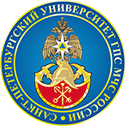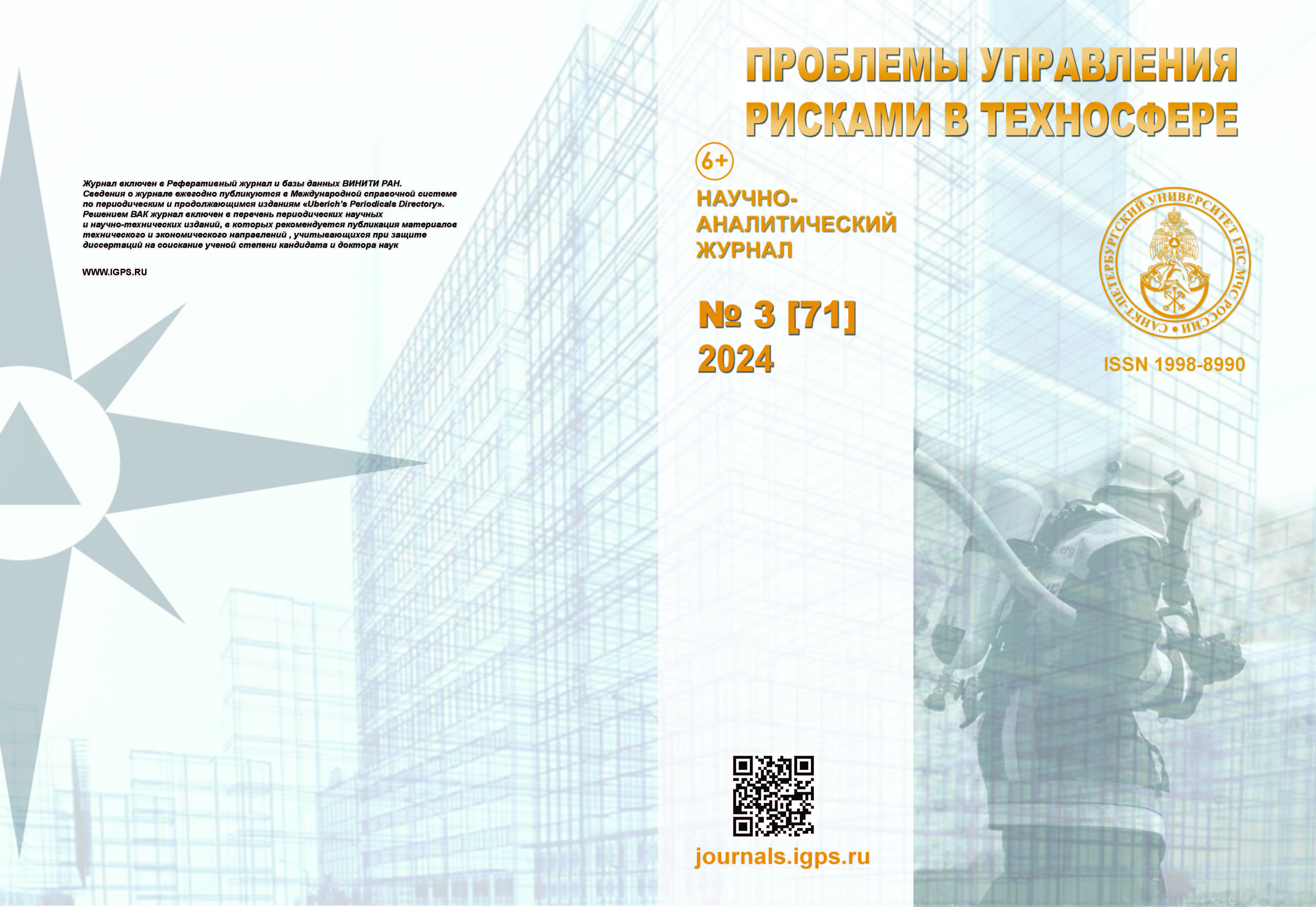Russian Federation
Russian Federation
Russian Federation
Russian Federation
The main factors influencing the stability of buildings, including soil shrinkage, changes in its strength characteristics and moisture permeability, which can lead to deformation and destruction of structures, are considered. The description of engineering and technical measures aimed at reducing the risks associated with thawing of permafrost, including deep laying of foundations, the use of thermal insulation materials, drainage and ventilation systems, the use of pile foundations and permafrost protection structures. The results of factorial and regression analyses aimed at developing a model for assessing the stability of building foundations depending on climatic factors for one of the objects are presented PJSC MMC «Norilsk Nickel». A mathematical model has been obtained in the form of a polynomial, which makes it possible to determine the influence of parameters such as ambient temperature, snow cover height and wind speed on the angle of deviation of building structures.
mathematical modeling, engineering and technical measures, permafrost, inclinometer
1. CAN/CSA-S501–14. National Standard of Canada Moderating the effects of permafrost degradation on existing building foundations. URL: https://climatechange.toolkitnwtac.com/wp-content/uploads/sites/21/2018/06/Moderating-Permafrost-Degradation-Standard.pdf (data obrashcheniya: 18.03.2024).
2. Regulations on technical requirements for building works. 2019. URL: https://www.dibk.no/globalassets/byggeregler/regulation-on-technical-requirements-for-construction-works--technical-regulations.pdf (data obrashcheniya: 18.03.2024).
3. CSA PLUS 4011.1–2019. Technical Guide: Design and construction considerations for foundations in permafrost regions. URL: https://global.ihs.com/doc_detail.cfm?document_name=CSA%20PLUS%204011.1&item_s_key=00797156 (data obrashcheniya: 18.03.2024).
4. SP 25.13330.2020. Osnovaniya i fundamenty na vechnomerzlyh gruntah. URL: https://docs.cntd.ru/document/573659326?ysclid=ltxc8u1w97253215535 (data obrashcheniya: 18.03.2024).
5. Contradictions of the content and form of construction structures on permafrost /V.V. Passek [et al.] // Zhilishchnoe Stroitel’stvo [Housing Construction]. 2020. № 4–5. P. 49–55. DOI:https://doi.org/10.31659/0044-4472-2020-4-5-49-55.
6. Landers K., Streletskiy D. (Un)frozen foundations: A study of permafrost construction practices in Russia, Alaska, and Canada // Ambio. 2023. № 52 (7). P. 1170–1183. DOI:https://doi.org/10.1007/s13280-023-01866-9.
7. Yurchenko V.A., Man'ko A.V. Vechnaya merzlota: geokriologicheskie opasnosti i regional'naya degradaciya merzlyh gruntov // Inzhenernyj vestnik Dona. 2023. № 8 (104). S. 1–9.
8. Snizhenie ustojchivosti infrastruktury TEK Rossii v Arktike kak sledstvie povysheniya srednegodovoj temperatury pripoverhnostnogo sloya kriolitozony / V.P. Mel'nikov [i dr.] // Vestnik RAN. 2022. T. 92. № 4. S. 303–314.
9. Bogdanov I.S. Inzhenernaya zashchita territorij, zdanij i sooruzhenij v usloviyah kriolitozony // Fundamenty. 2022. № 1 (7). S. 14–15.
10. Kornilov T.A., Nikiforov A.Yu., Rabinovich M.V. Monitoring of Permafrost Foundation-Bed Soils of Low-Rise Buildings Having Unvented Underfloor Spaces // Soil Mech Found Eng. 2020. № 57. P. 336–342. DOI:https://doi.org/10.1007/s11204-020-09675-y.
11. Syas’ko V., Shikhov A. Assessing the State of Structural Foundations in Permafrost Regions by Means of Acoustic Testing // Appl. Sci. 2022. № 12. P. 2364. DOI:https://doi.org/10.3390/app12052364.
12. Metod naimen'shih kvadratov: metodicheskie ukazaniya / sost.: L.V. Kolomiec, N.Yu. Ponikarova. Samara: Izd-vo Samarskogo universiteta, 2017. 32 s.
13. Richard B. Darlington Andrew F. Hayes Regression Analysis and Linear Models //The Guilford Press. New York London. 2017. 661 p.
14. Mazurov B.T., Padve V.A. Metod naimen'shih kvadratov (statika, dinamika, modeli s utochnyaemoj strukturoj) // Vestnik SGUGiT (Sibirskogo gosudarstvennogo universiteta geosistem i tekhnologij). 2017. T. 22. № 2. S. 22–35.
15. Özer Mahmut, Suna H. The Impact of School Tracking on Secondary Vocational Education and Training in Turkey // Hacettepe University Journal of Education. 2021. P. 1–16. DOI:https://doi.org/10.16986/HUJE.2021068158.







